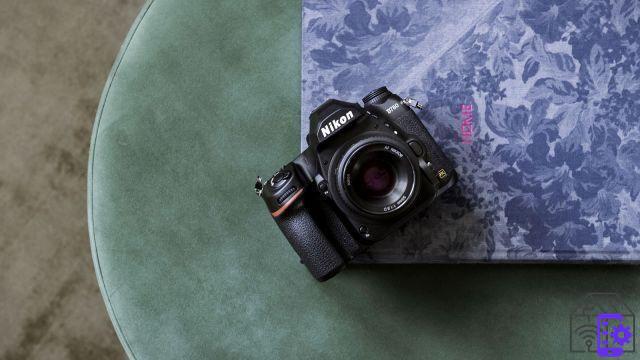
The announcement took place at CES Vegas at the beginning of the year of the new Nikon D780 full-frame SLR may have surprised many who were waiting, or hoping, for a new mirrorless. Instead, Nikon has decided not to disappoint the loyal SLR users who have been waiting for an upgrade to the semi-professional full-frame SLR for 5 years.
The arrival of the Nikon D780 should not be surprising, because SLR is still the most important market segment for the Japanese house. But, with this new camera, Nikon has tried to bring a little of the mirrorless world into a DSLR, so much so that we can easily relate the new D780 to the mirrorless Z6 presented in 2018. At the same time, however, there are now also several points in common with the older sister D850.
The first point of contact between D780 and Z6 is the 24,5 million pixel sensor, but both are also equipped with the processor EXPEED 6, the same that is also on board the D850. The fulcrum is therefore the same as the mirrorless one, but on the new reflex we also find other features already seen, such as the same autofocus module of the Z6 or the ability to shoot up to 12fps in Live View. Basically this means that we are in front of a reflex, a solid reflex, able to work very well also in Live View and in the video field.
Design & Materials
Compared to the D750 the design is not very different, as well as the ergonomics. This will reassure those who had appreciated these aspects on the model that preceded the new D780. A good grip on the handle and easy access to the main controls on the body are a great business card. As with the high-end models, there are two dials for managing shutter speeds and apertures.
On the top profile of the D780 the secondary display shows the settings of the main shooting parameters, convenient for taking a quick look at how we set up the camera. It can also be illuminated if needed. Immediately in front of this display, in addition to the shutter button, there is the button to start video recording, the one for ISO settings and the one for exposure correction. And here is a new point in common with the higher-end models.
On the opposite side, however, there is space for the classic selector for shooting modes.
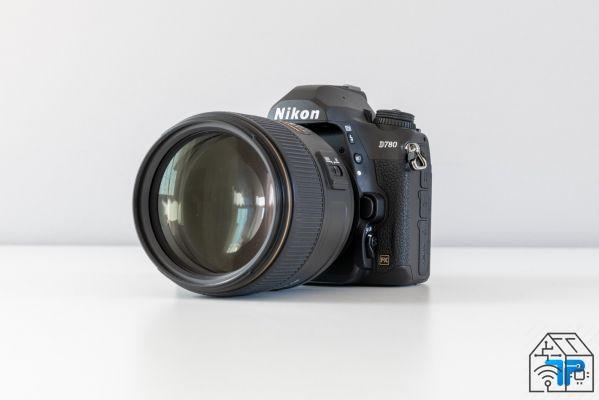
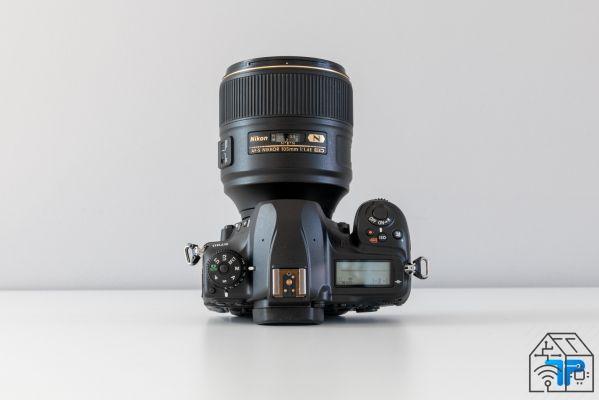
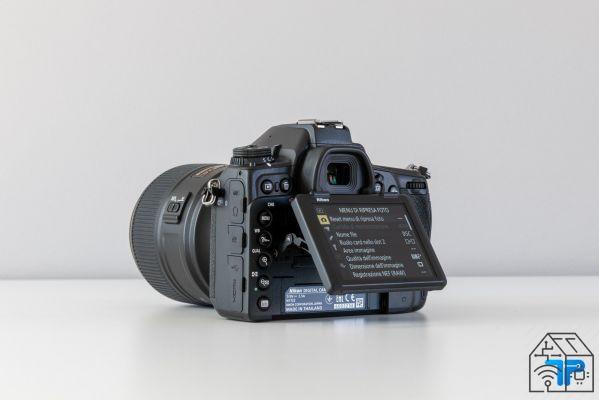
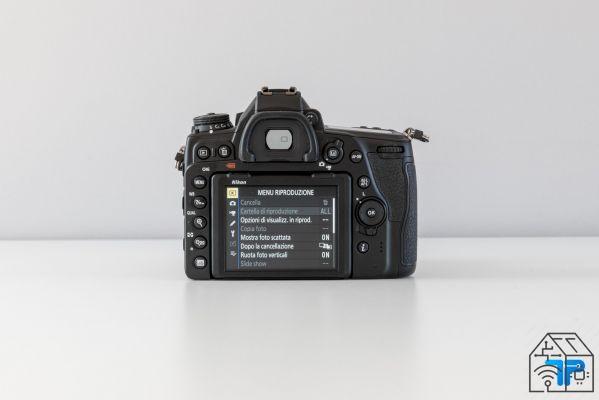
Even the back of the D780 will be familiar ground for all Nikon users, with the classic row of commands on the left of the display, the multidirectional controller on the right - through which to also manage the point of focus when taking pictures looking through the viewfinder - and the handy “i” button for quick access to all the most important camera settings. Still making a comparison with the D750 on the back there is an additional dedicated AF-On button to lock the focus.
The display is a touch screen panel very responsive from 3,2 inches diagonal and that reaches 2,36 million points, against the 1,3 million of the D750. As in the sisters from which it takes inspiration, it can be oriented upwards and downwards, an aspect that can be useful in many situations. Making it fully articulated to use it for vlogs or selfies would have made the tropicalization of the body more complicated. Another aspect of the work on weather protection is theabsence of a pop-up flash, so if you need to use a flash you will have to mount a Speedlight or perhaps a wireless module on the shoe. And again we are faced with a change from the past that brings the D780 closer to the professional range.
Clearly, from what has been said a few lines further on, that the body of the Nikon D780 is resistant to dust and moisture thanks to a large number of seals that protect the interior. The body is designed for a long life and has been made of magnesium alloy with the addition of carbon fiber materials.
 Speedlight for Nikon SB-5000, color: black
Speedlight for Nikon SB-5000, color: black
- Professional flash with guide number 34,5 at ISO 100.
- Integrated cooling system: prevents overheating when taking pictures in quick sequence.
- Slave function with remote control.
On the bottom of the body what can be noticed is the lack of contacts, in fact, a compatible vertical grip is not available. However, this does not preclude the fact that in the future we will be able to see a battery grip, but without the duplicated buttons for shooting in vertical position. The only compartment on the back is therefore that of the battery, the same EN-EL15b used in Nikon's Z series that can be charged via USB-C. The D780 is also compatible with the batteries of the previous generation, such as that of the D850, but we will not be able to take advantage of direct charging. Remaining on the subject of battery, Nikon speaks of 2260 shots with one charge, a very high number that obviously can be reached without using Live View and minimizing consumption. In my test days, being forced into the house, I was unable to confirm this, but what I can say is that in one day I took about 250 photos, using Live View, without any charging problems.
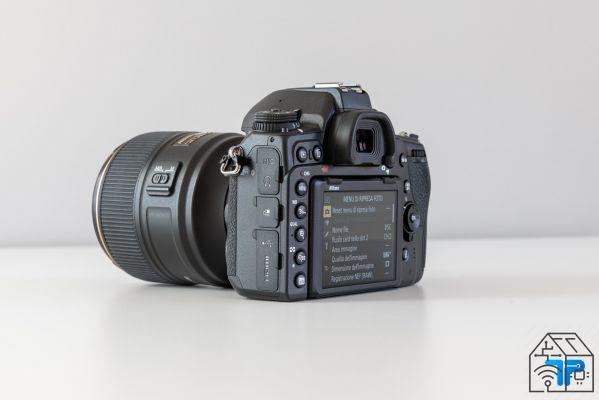
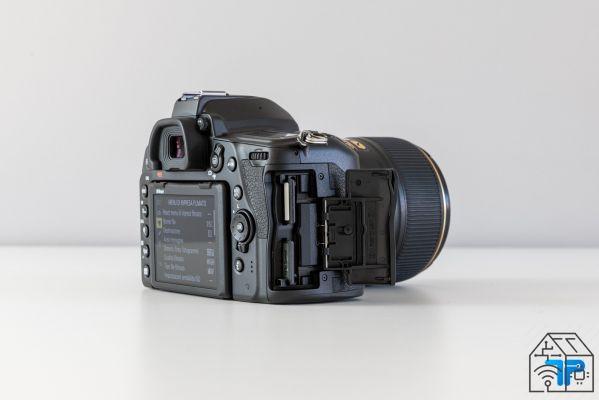
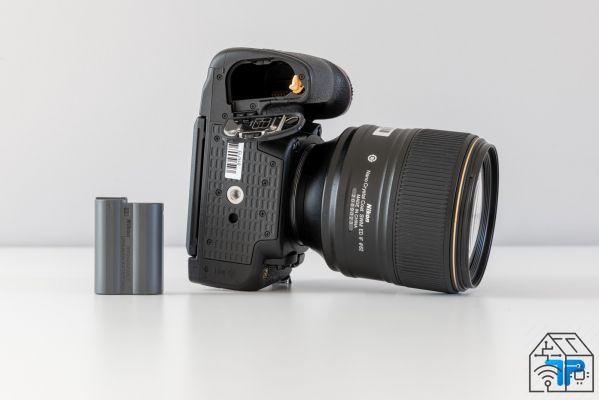
Let's close the aspects related to the body by talking about the connectivity available to the Nikon D780. On the left of the camera body there are the microphone and headphone sockets, the one for remote control and finally the HDMI and USB-C interface. On the opposite side instead the double slot for SD UHS-II memory cards. Unlike the Z6 or its big sister D850 there is no XQD card slot.
utilization
Since the announcement of this new full-frame SLR I have been eagerly awaiting the moment to try it thoroughly. Destiny wanted, however, that we find ourselves in this very complicated situation for our country, indeed for the whole world. I had to adapt to the situation and, within the walls of my home, I worked hard to try to produce as complete a proof as possible. I tell you right away that the part related to the performance of the autofocus will be missing, which would certainly have been a very important part of my test. As soon as we can go back out of the house I will update this article, testing the autofocus in ideal conditions. I tried to chase a fly on the balcony, but it wasn't easy ...
Seriously, the Nikon D780 I believe has kept its promises in full. It is a solid camera, which is held with pleasure in your hands and which for those who come from the yellow and black world will be like having always used it. The menu structure is almost identical to that of the mirrorless Z6 and the D750 SLR. We have all the usual settings, the ability to customize ad hoc menus that can be called up through the "My Menu" item, but above all we have three customizable mini menus. For example, we could set one for when photographing via eyepiece viewfinder, one when we are in Live View and one for video. In these mini menus we can select the 12 functions we prefer and to access them simply press the “i” key on the back of the camera body. If many functions and features make it a hybrid between the mirrorless world and the Nikon professional world, what I missed is the joystick for selecting the focus point. I believe that on a camera that winks even at professionals, it cannot be missing. Sure, there's the four-way toggle for for this purpose, but it's small and in too low a position to be really comfortable.
The convenience of the improved dedicated app - Snapbridge - then allowed me to work remotely without difficulty. The connection is fast and above all stable (Bluetooth + Wi-Fi) and allows you to adjust the shooting parameters, see what the camera frames in Live View and download the files. The transfer, if set, can also take place automatically with 2MP files, ready for immediate sharing. The SnapBridge app came in very handy especially when I made the series of still-life images for the Stack Photography tutorial published a few days ago.
The Nikon D780 is a camera that can adapt to many different areas, from travel photography to event photography, from sports to portraits. Surely for every field we could find valid alternatives, but this new Nikon could be for many photographers. The aspects that make it a perfect travel companion are the quality of the JPEG produced and the ease of sharing thanks to an app that is improving from version to version. The excellent autonomy offered complete the picture together with the possibility of charging via USB-C. It's not as small and light as other cameras, but for a full-frame SLR it's not that heavy either.
The resolution limited to 24MP may not make it suitable for taking panoramas, but it is instead ideal for supporting 7 frames per second (12 fps only in Live View) and therefore to deal with sports photography. In this context, a plus is undoubtedly the autofocus - which as I said I will try thoroughly as soon as possible - because the performance of the AF tracking seems really excellent. As well as being able to count on a buffer of 100 frames.
Using the right optics, like the 105mm f / 1,4 I received for the test, surely the ritratto it is a genre that can be tackled without problems with this camera. In the Nikkor range there is so much choice for portrait lenses and, moreover, the JPEG rendering of the skin tones is very pleasant. Too bad that the Eye Detect is only active in Live View mode.
With the D780 also i videomaker could take away a lot of satisfaction: 4K video without any crop, AF with face detect, slow motion at 1080 / 120p are just some of the functions designed for the video field. However, there are also features that could turn up your nose, such as the lack of an internal stabilizer or the display that is not fully articulated.
Image quality
The above are just a few examples for the areas where you can work with the Nikon D780. I've tried it in some of these situations and so it's time to take a look at what I've achieved and talk about image quality.
Let's start with the tightness at high ISO, which despite the more or less identical number of pixels to that of the D750, offers decidedly different results. The sensor mounted on the D780 with its BSI structure and together with the latest generation processor ensure that the 6-year age difference is felt. And so here it is with the D780 the grain, or noise if you prefer, it does not appear before ISO 3200, but the yield is still excellent even at 6400. With this camera I can tell you to work quietly even ISO 12.800.
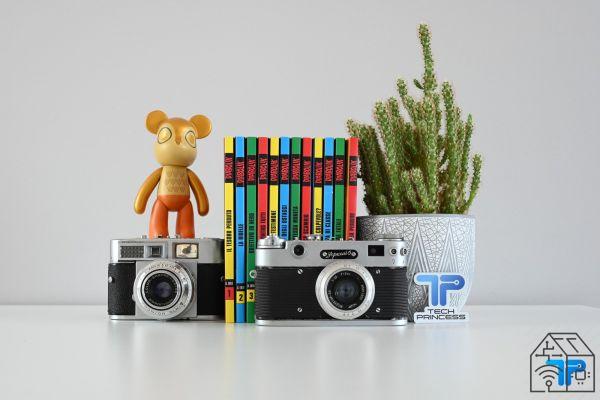
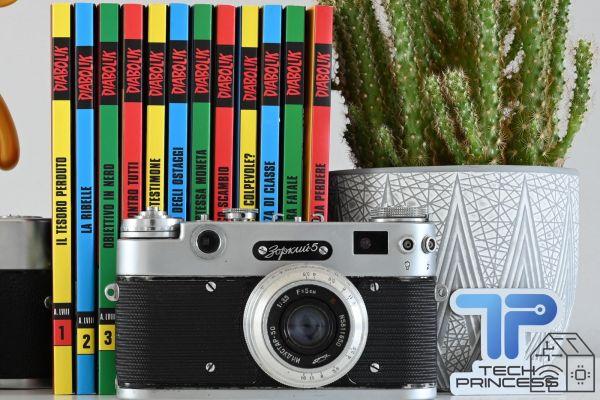
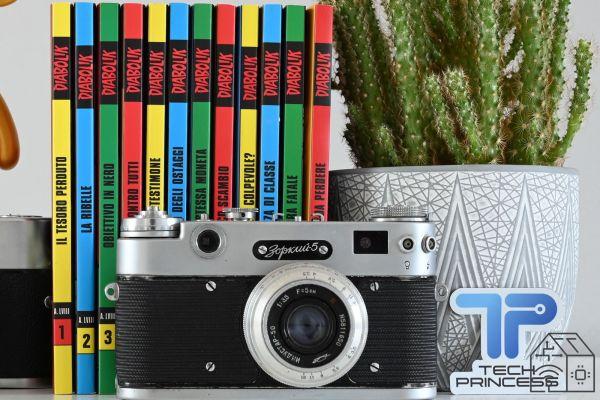
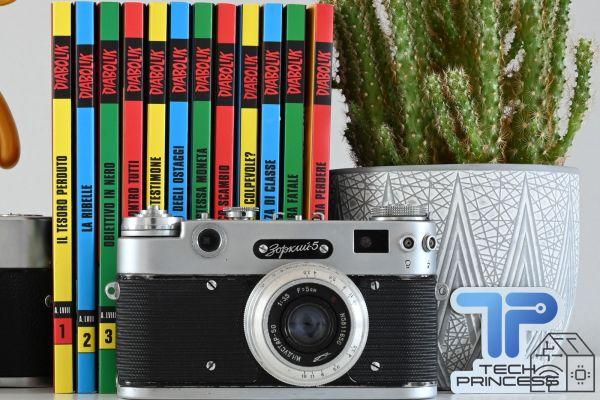
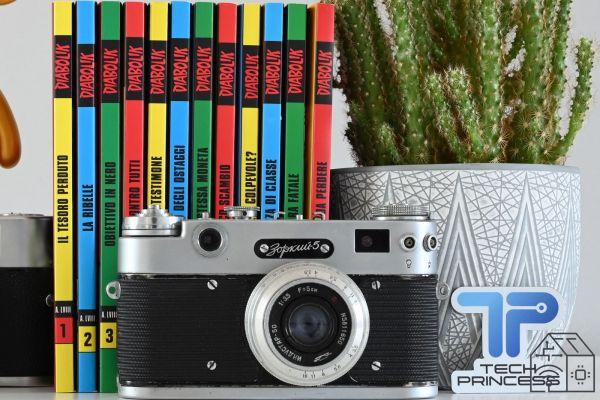
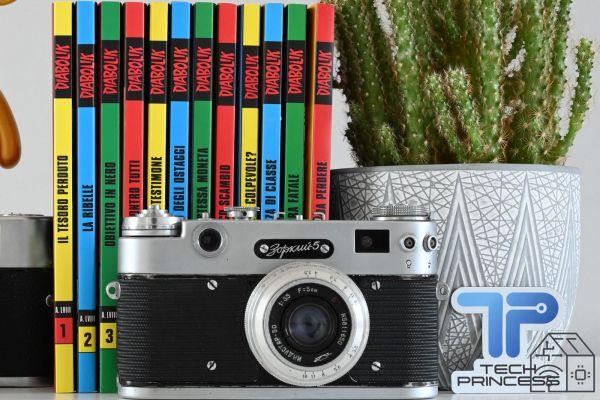
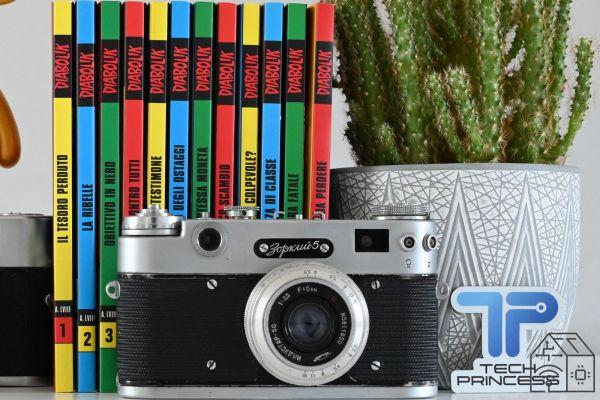
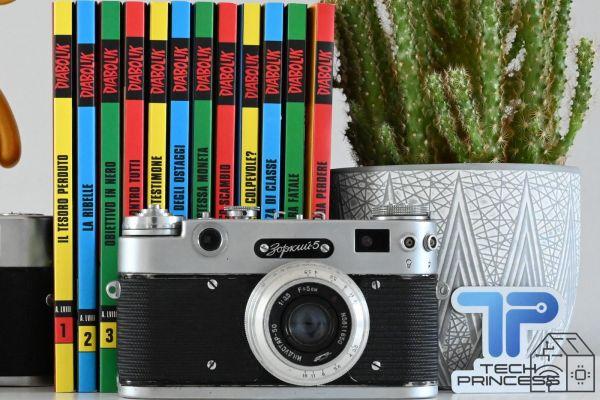
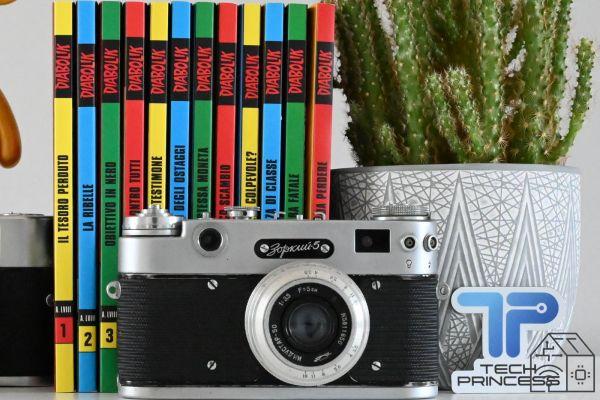
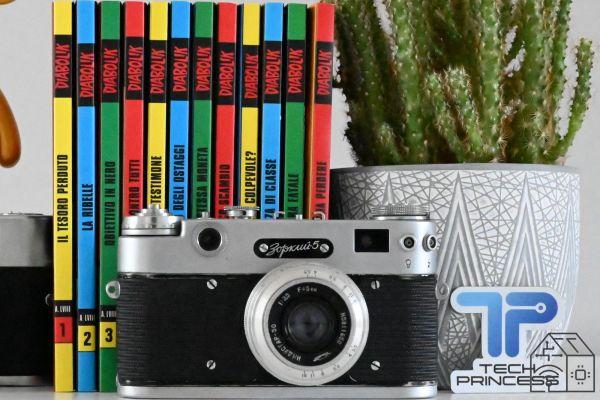
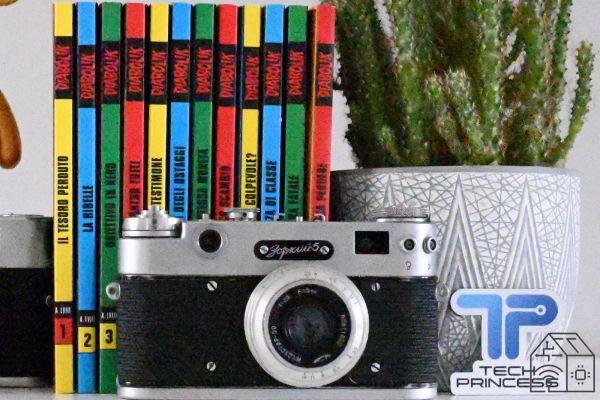
If the results in JPEG are affected by the compression and processing of the image processor, the RAW files are raw files, as the camera produces them, therefore more malleable. We can therefore intervene more decisively, in fact, the room for maneuver on the RAW files produced by the Nikon D780 is very large. Impressive the ability to capture the smallest details at the lowest sensitivities: looking at the images it would be difficult to say that they come from a sensor of "only" 24 million pixels. Which, as I see it, are still the best compromise for an all-rounder camera like this today.
At higher sensitivities, the noise control is good, but it affects sharpness too aggressively. It is, in fact, difficult to read especially the edges of the elements of my set.
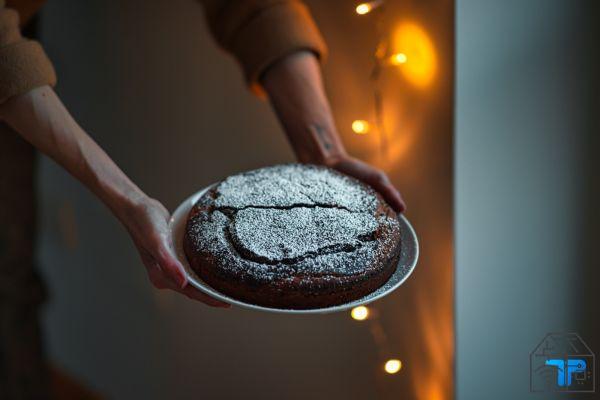
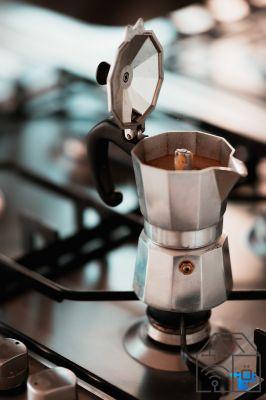
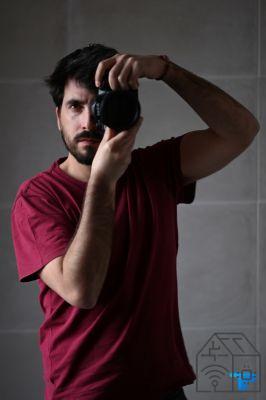
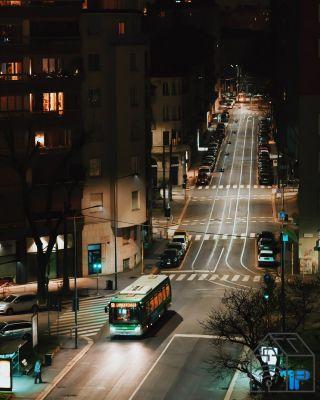
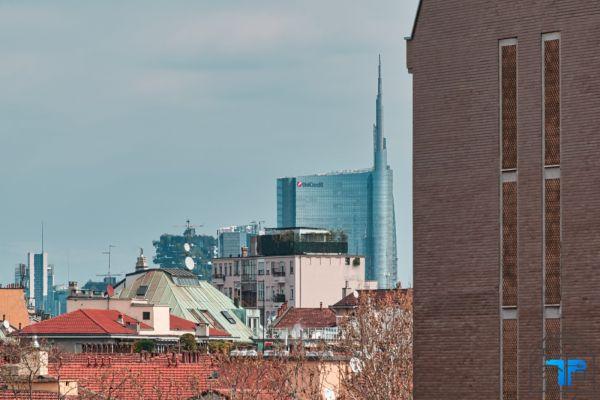
In the field, which for this test is limited to what surrounds me every day at home, the JPEGs offered by the Nikon D780 are very good, even if compared to the RAW file there is a considerable work on the contrast. Sometimes bordering on excessive. As far as color reproduction is concerned, the results obtained at home are always very faithful and in line with the classic Nikon style. A fairly wide dynamic range also allows a fair margin of error: working at ISO 100 we can recover an excessively underexposed image and obtain one of the same quality as one made at ISO 3200. We are at about 5 stops of gain. In this way we can be confident of exposing for the highlights and then be able to recover the shadows without difficulty.
Conclusions
Overall, the Nikon D780 is a full-frame SLR with great potential and great versatility. The 24 megapixel sensor is among the best around and is capable of producing excellent RAW files with a wide dynamic range. I was very impressed with the excellent ISO performance. Also excellent from the point of view of design and ergonomics, which brings the mid-range closer to the higher one, thanks to the weather protection and some changes on the layout of the buttons on the body. The touch screen panel is also very reactive, which together with the possibility of recharging the camera via USB-C make the Nikon D780 attractive for a large slice of the public.
It can certainly represent the step forward for the amateur photographer who wants to evolve, but at the same time it can become the perfect second body of a professional. Being able to count on the remarkable range of Nikkor lenses does the rest.
In conclusion, I can confidently say that Nikon's experiment of merging the mirrorless and high-end SLR worlds into a hybrid product was perfectly successful.
It is for sale at the price for the body only of 2499€ (including a 64GB SD card), while the kit con lo zoom standard 24-120mm f/4 costa €2999.
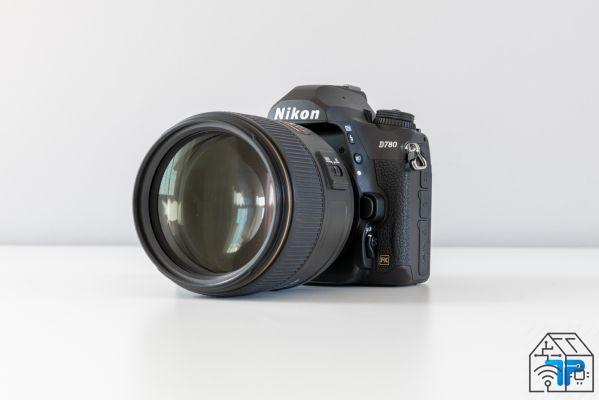
Nikon D780
Pro 
- Dynamic range
- High ISO performance
- Constructive quality
- 4K video without crop
- Wi-Fi and Bluetooth connectivity
- USB charging
- Autonomy
- Double SD slot
Cons 
- The joystick for the AF is missing
- Different AF modes between viewfinder and Live View
- No built-in flash




















![[Review] Samsung Powerbot VR7000: the robot vacuum cleaner from Star Wars](/images/posts/6bc44de38605b5c0fa12661febb1f8af-0.jpg)





